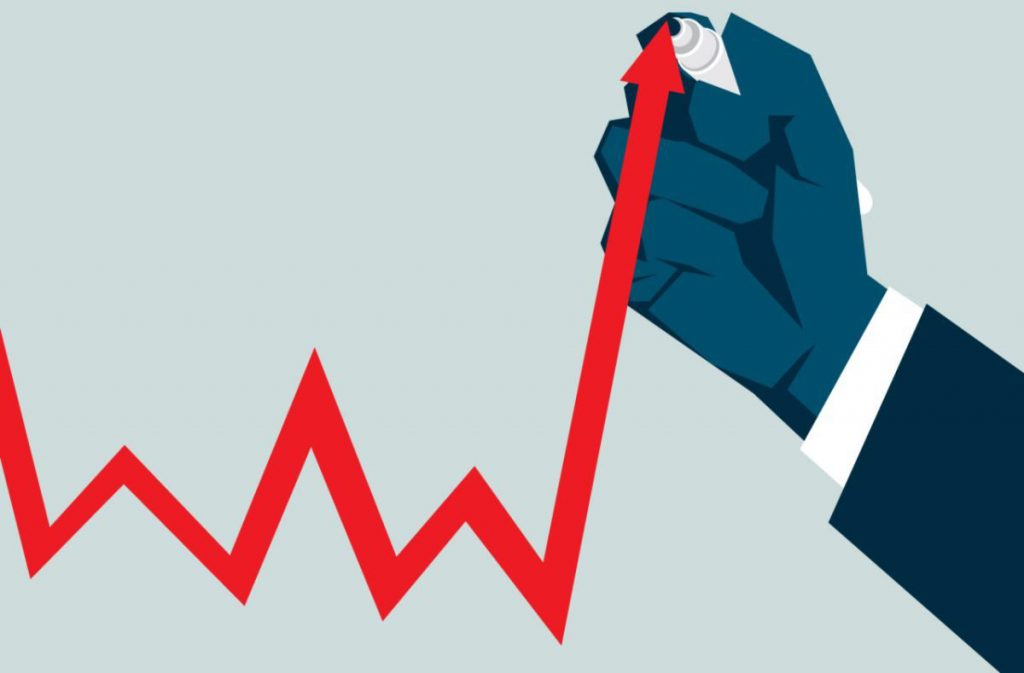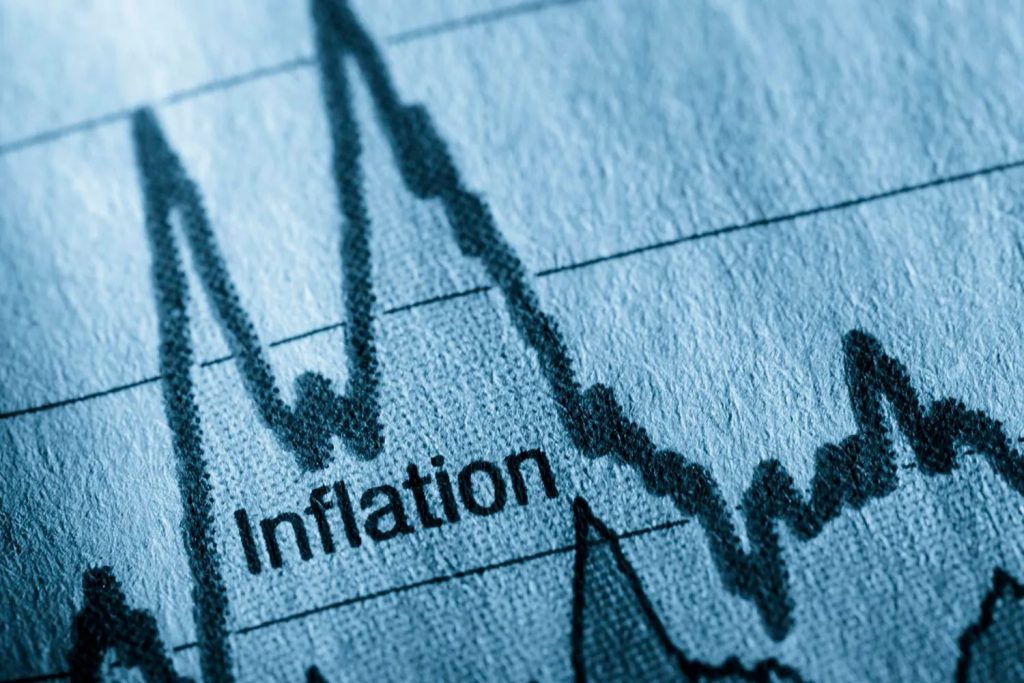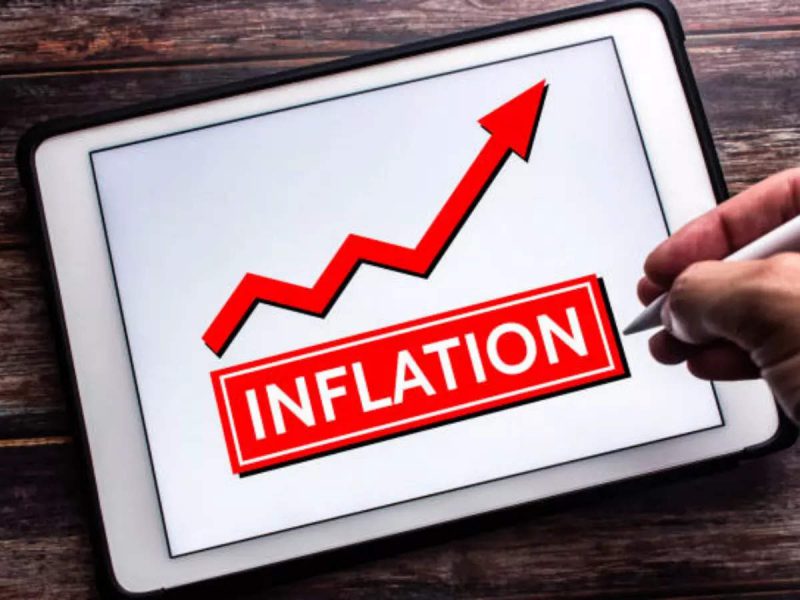Core inflation emerges as a pivotal indicator, showcasing the pulse of the economy. But what exactly is this indicator, and why does it hold such a vital role in understanding the economic landscape? To decode this complex concept, we’ll journey through the intricacies of core inflation, its calculation, and its far-reaching consequences.
Understanding Core Inflation
Core inflation, in essence, measures the change in the prices of goods and services. It excludes those in the volatile food and energy sectors. This strategic exclusion is due to the erratic nature of price fluctuations in these sectors.
The most common method for calculating core inflation is by utilizing the Consumer Price Index (CPI). CPI meticulously tracks the prices of a wide array of goods and services.


However, core inflation doesn’t stop at CPI; it is also measured through the Core Personal Consumption Expenditures (PCE) index. PCE reflects the costs of goods and services purchased by consumers in the United States, providing valuable insights into inflation trends.
Both Core PCE and CPI work hand in hand to reveal the extent of inflation present in the economy. In essence, core inflation serves as a measure of underlying, long-term inflation trends.
The Role of Core Inflation
Core inflation plays a pivotal role in shaping the economic landscape, wielding the power to either boost or devastate an economy. When inflation rates range from 1% to 2%, consumers are more likely to increase their spending on goods and services, thereby stimulating economic growth.
However, if inflation rates surge to alarming levels without a corresponding increase in wages, it can lead to the rising costs of essential commodities while leaving other industries struggling. This economic imbalance can lead to some sectors facing losses and potential closures, ultimately resulting in decreased industrial output and economic turmoil.
Also Read: Social Security Benefits to Rise 3.2% in 2024 Amid High Inflation
What’s Included in Core Inflation?
Core inflation encompasses a wide array of goods and services. However, it systematically excludes food and energy prices, financial investments, and income taxes in the United States market. The excluded categories, such as food and petroleum, are often known for their price volatility.
On the flip side, core inflation includes a diverse range of products and services. These include electronics, real estate, transportation, retail, pharmacy, aviation, airline fares, information technology, the telecom sector, the garments industry, defense manufacturing, sewer and water services, excise, medical care, education, and new and used vehicles.


These inclusions represent basic necessities, and their demand tends to remain relatively stable, even in the face of fluctuating prices.
The Bureau of Economic Analysis (BEA) and the Bureau of Labor Statistics (BLS) meticulously survey these sectors, gathering data on prices and aggregating them to compile a comprehensive report on the Consumer Price Index (CPI) of the nation. However, it’s important to note that the calculation excludes price changes in food and oil.
Also Read: US Inflation Remains at 3.7%
Additionally, policymakers employ the outlier method to compute core inflation. This involves removing products and services with the most significant price volatility during calculations.
Methods for Measuring
To be a widely accepted and reliable measure for economic policy, a metric for core inflation must be easily understood, available in a timely manner, and resistant to revisions. Broadly, three methods are employed to construct core inflation measures.
Exclusion-based measures permanently remove specific components from the CPI basket. Typically, seasonal factors, high volatility, or government policy influence those components. The CPI excluding food and energy in the US is one example of such an exclusion-based measure.


Specific adjustment methods, on the other hand, aim to measure only price movements attributable to supply and demand dynamics. They require detailed information and judgment to decompose price movements for each component into core and non-core changes.
Statistical measures, including trimmed means, reduce the weight of components with extreme price changes. The trimmed mean is a common statistical method used to calculate core inflation.
In conclusion, core inflation is a vital metric for understanding the economy’s health and stability. By excluding the tumultuous swings in food and energy prices, it provides a clearer picture of the underlying inflation trends, enabling policymakers and economists to make informed decisions and steer the economy in the right direction.





